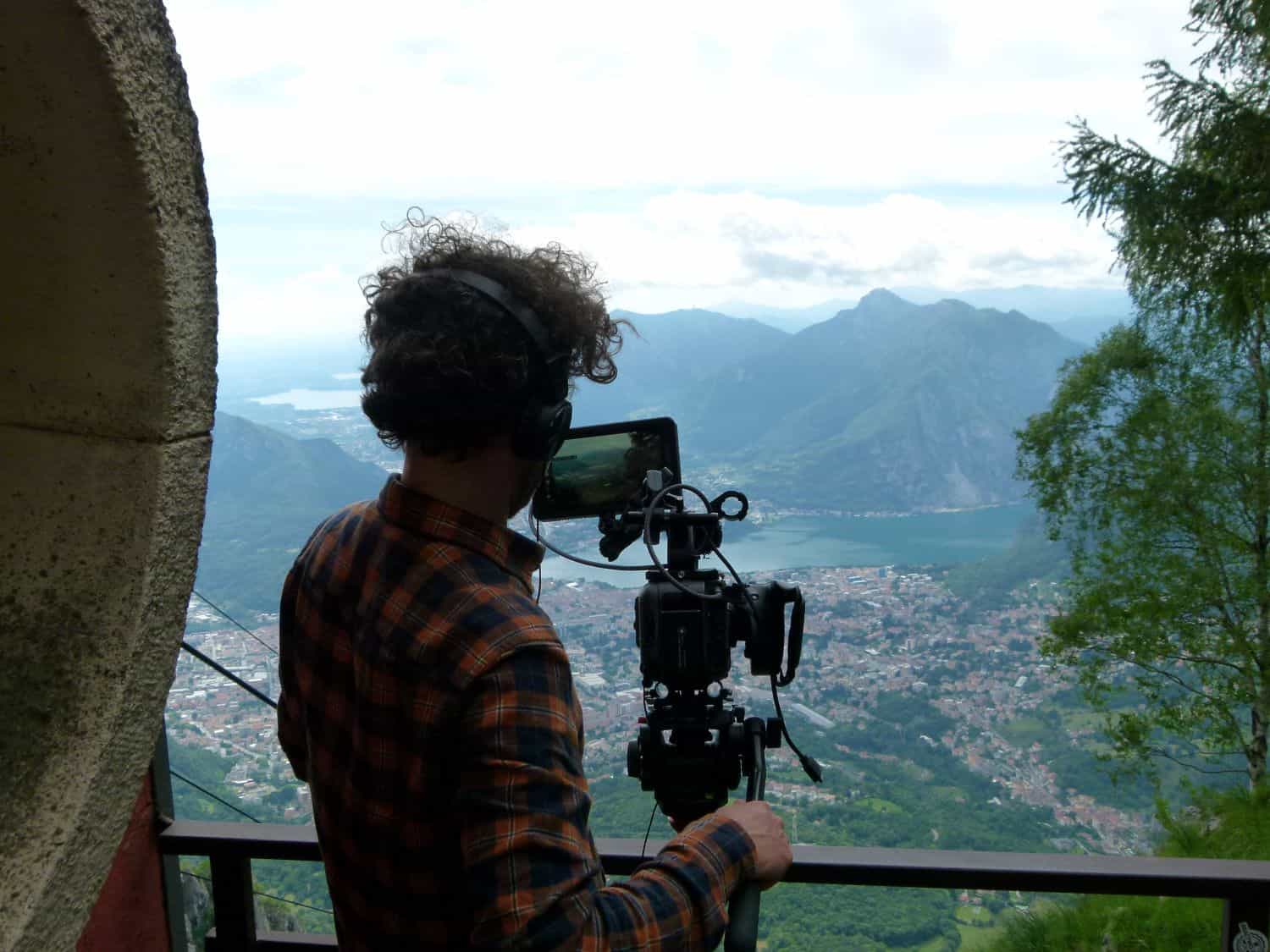Join us on an exclusive journey with journalist Maurizio De Matteis from Dislivelli magazine as he captures footage and shares his firsthand experiences for the upcoming BeyondSnow video narrative. Travel with Maurizio as he ventures into the heart of our pilot areas, like Piani d’Erna (Como Lake), uncovering the essence of alpine life.
Last June, Paolo (Paolo Ceretto, documentary filmmaker, Ed) and I embarked on a mission from Lecco via cable car to the slopes of Resegone for video production in the pilot area of Piani d’Erna.
From the center of Lecco, you can reach Piani d’Erna in less than 15 minutes—a stunning balcony overlooking the lake accessed by an exciting single-span cable car, almost like flying. For those accustomed to never leaving their car, patience is required, as Piani d’Erna is accessible only by public cable transport or, of course, on foot—a good two-hour hike!
Our guide, Damiano Di Simine, a respected figure and scientific manager of Legambiente Lombardia, holds a PhD in food biotechnology and has made significant contributions to Italian environmentalism. Arriving at Rifugio Marchett (1200 m above sea level), nestled in the shadow of Resegone, Damiano introduces us to Marco Locatelli, the keeper of Piani d’Erna’s secrets.
He tells us that in the 1960s, inspired by optimism and progress, visionary local engineers proposed a development plan for six small neighborhoods at altitude, accessible only by a cable car (constructed in 1965). Construction began, and over time, a conveyor belt and four ski lifts were added, educating generations of Lecco locals in skiing. However, in 1993, the construction company went bankrupt, and climate change began to challenge the ski lifts due to lack of snow. In the subsequent years, the lifts were dismantled, leaving behind the cable car, some of the planned lots (not all), and of course, Resegone, surrounded by hiking trails that attract visitors from Milan and beyond.
Today, the challenge is to revitalize this fabulous gateway to the Orobian Alps, which lost its 20th-century utopian allure but still holds tremendous potential for respectful tourism, curiosity, and appreciation of mountain biodiversity.



